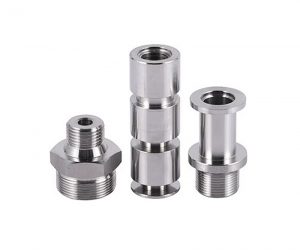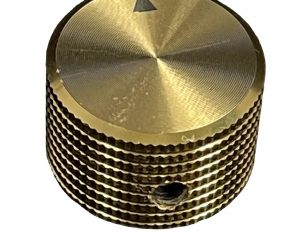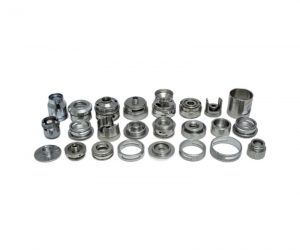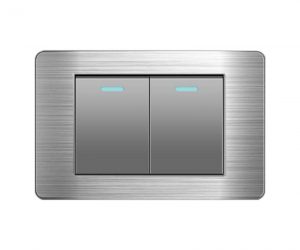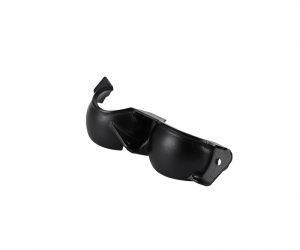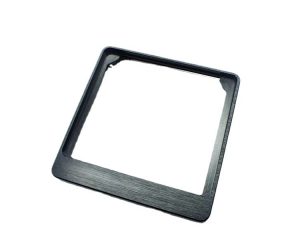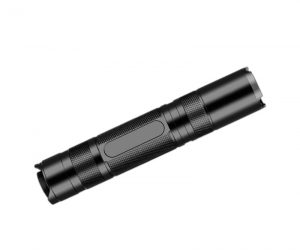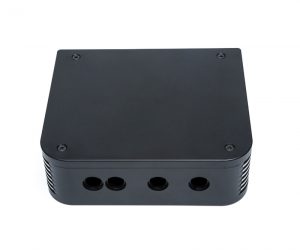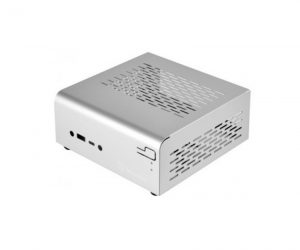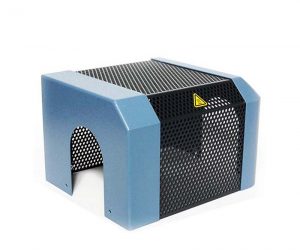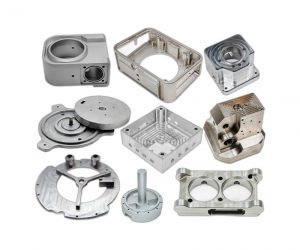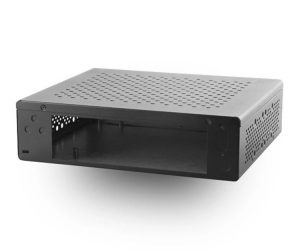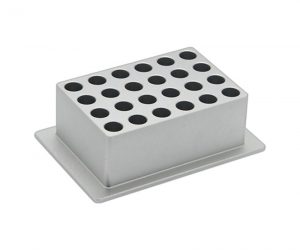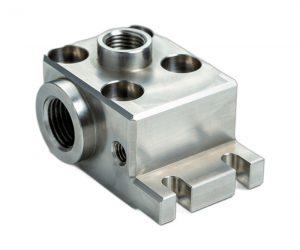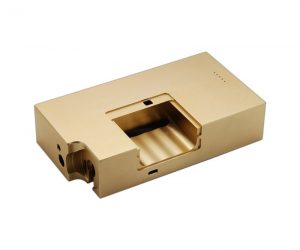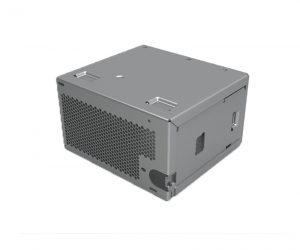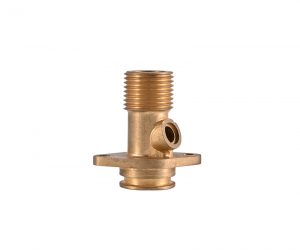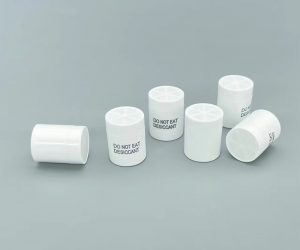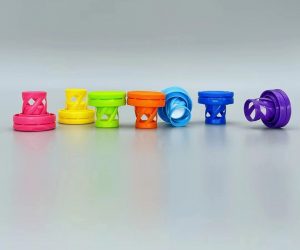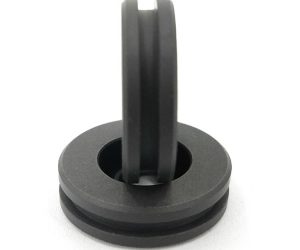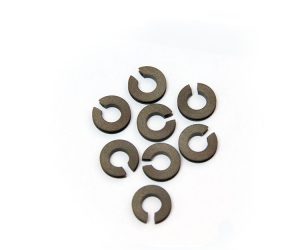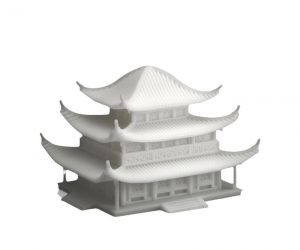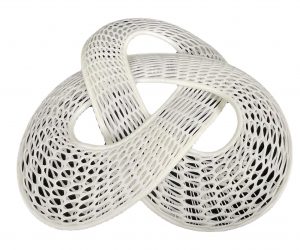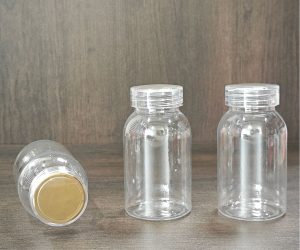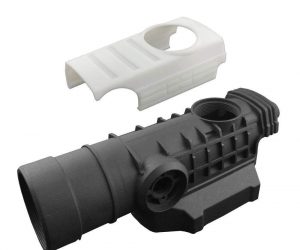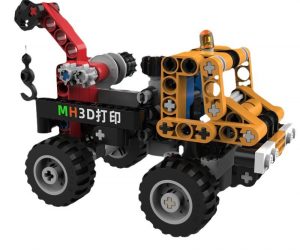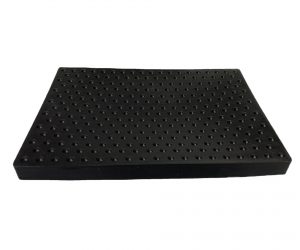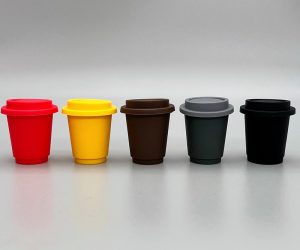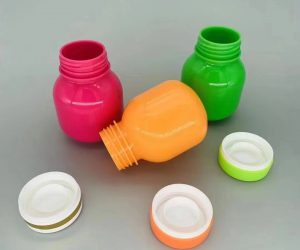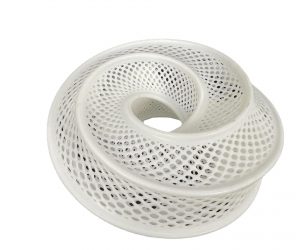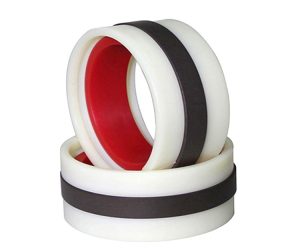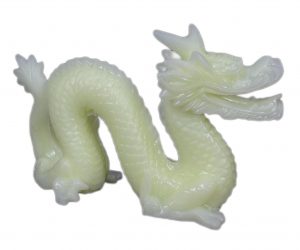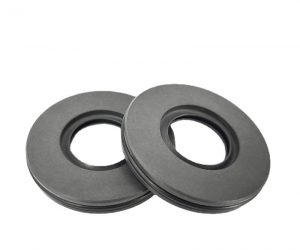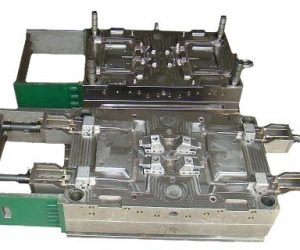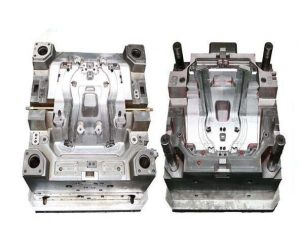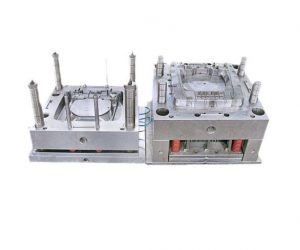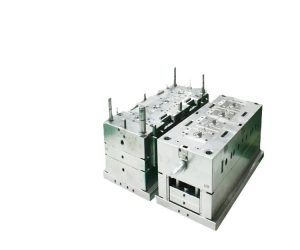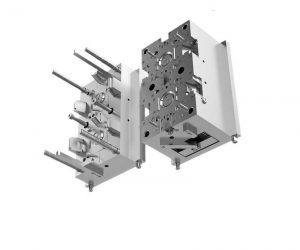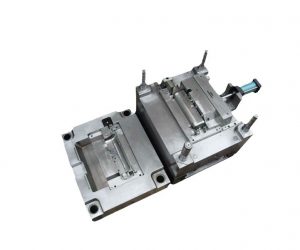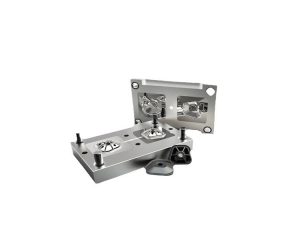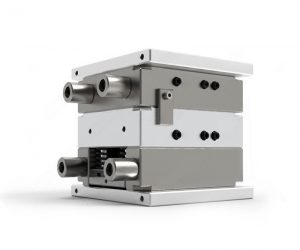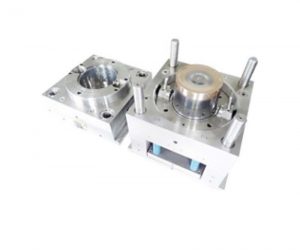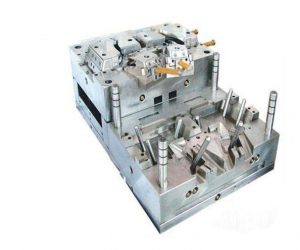Welcome to the world of plastic molds and their impact on the plastic injection molding process. This comprehensive blog post will take an in-depth look at how molds work, their functions, and the tools used in the plastic molding process. We'll take a closer look at pressure requirements, the role of molds, and the tools used to mold plastics.
First, we will explore the basic concepts and working principles of plastic molds. A plastic mold is a tool used to manufacture plastic products of various shapes and sizes. They usually consist of two main parts: the mold and the mold base. The mold is the part used to form the shape of the plastic product, while the mold base is used to secure the mold and control its movement.
Next, we’ll delve into the functionality of plastic molds. The main function of a plastic mold is to inject molten plastic into the mold and solidify it into the desired shape by applying pressure. This process is called plastic injection molding. The design and manufacturing of molds are critical to ensuring the quality of the final product.
In the plastic molding process, many tools are used to assist operation and control. These tools include syringes, pressure gauges, temperature controllers, etc. The syringe is used to inject molten plastic into the mold, while the pressure gauge is used to monitor and control the pressure during the injection process. The temperature controller is used to control the temperature of the plastic to ensure that it is injection molded at the correct temperature.
Additionally, we will explore the pressure needs of plastic molds. During the plastic injection molding process, proper pressure needs to be applied to ensure that the plastic fully fills the mold and forms the desired shape. The amount of pressure depends on many factors, including the type of plastic, temperature and fluidity. Therefore, understanding and controlling pressure is critical to obtaining high-quality plastic products.
1. Introduction
Plastic injection molding has transformed the manufacturing industry, enabling the production of intricate and precise plastic components. Central to this process is the plastic mold press, a key player in shaping raw materials into desired forms. In this blog post, we will delve into the world of plastic mold presses, exploring their significance, working principles, and the tools used in plastic molding.
2. Understanding Plastic Injection Molding
Plastic injection molding is a widely adopted manufacturing process that involves injecting molten plastic material into a mold cavity. This molten plastic then cools and solidifies, taking the shape of the mold. The resulting plastic parts find applications in various industries, from automotive to electronics and consumer goods.
3. The Significance of Plastic Mold Presses
3.1. The Role of Pressure in Plastic Injection Molding
Pressure plays a crucial role in plastic injection molding. It ensures the proper flow of molten plastic into the mold cavity, filling every intricate detail with precision. The plastic mold press exerts pressure on the plastic material, facilitating its distribution within the mold and eliminating any gaps or imperfections.
3.2. Key Components of a Plastic Mold Press
A plastic mold press comprises several vital components. These include the clamping unit, injection unit, and cooling system. The clamping unit secures the mold in place during the injection process, while the injection unit melts and injects the plastic material into the mold. The cooling system helps in solidifying the plastic and facilitating its ejection from the mold.
4. The Working Principle of a Molding Press
4.1. Clamping Unit
The clamping unit of a molding press consists of a movable and a stationary platen. The mold is secured between these platens, ensuring its stability during the injection process. Hydraulic or mechanical systems are typically employed to generate the clamping force required to hold the mold together.
4.2. Injection Unit
The injection unit of a molding press is responsible for melting the plastic material and injecting it into the mold cavity. The plastic material is fed into a heated barrel, where it is melted and homogenized. Then, an injection screw or piston pushes the molten plastic into the mold, maintaining the desired pressure andtemperature throughout the process.
4.3. Cooling and Ejection
After the plastic material is injected into the mold, it undergoes a cooling phase to solidify and take the shape of the mold cavity. The cooling system, often using water or air, helps in rapidly cooling the mold to expedite the solidification process. Once the plastic has solidified, the mold opens, and the ejection system pushes the finished part out of the mold, ready for further processing or assembly.
5. Tools Utilized in Plastic Molding
5.1. Plastic Injection Molds
Plastic injection molds are essential tools used in the plastic molding process. These molds are precision-made to create the desired shape and features of the plastic part. They are typically made from durable materials such as steel or aluminum and consist of two halves: the core and the cavity. The design of the mold determines the final product's characteristics, including dimensions, surface finish, and texture.
5.2. The Role of Molds in the Molding Process
Molds play a crucial role in plastic injection molding. They define the shape, texture, and intricacies of the final plastic part. The mold cavity, designed with precision, determines the dimensions and features of the part, while the cooling channels within the mold ensure proper solidification. Molds need to be accurately manufactured and maintained to ensure consistent and high-quality production.
6. Exploring Pressure in Plastic Injection Molding
6.1. Optimal Pressure Range
The pressure requirements in plastic injection molding can vary depending on the specific material, part design, and mold configuration. Generally, the pressure range falls between 1000 to 30,000 pounds per square inch (psi). However, it is essential to note that excessive pressure can lead to issues like flash, while insufficient pressure may result in incomplete filling of the mold.
6.2. Factors Influencing Pressure Requirements
Several factors influence the pressure requirements in plastic injection molding. These include the viscosity and flow characteristics of the plastic material, the complexity of the part design, the size and shape of the mold cavity, and the cooling system efficiency. Manufacturers carefully analyze these factors to determine the optimal pressure range for each specific molding application.
7. Conclusion
Plastic mold presses have revolutionized the plastic injection molding industry, enabling the production of complex and high-quality plastic parts. Understanding the role of pressure, the components of a mold press, and the tools utilized in plastic molding is essential for manufacturers aiming to achieve precise and efficient production processes. By harnessing the power of plastic mold presses and leveraging advanced molding techniques, manufacturers can meet the ever-growing demand for innovative plastic components.
8. Frequently Asked Questions
8.1. What is the pressure for plastic injection molding?
The pressure for plastic injection molding typically falls within the range of 1000 to 30,000 pounds per square inch (psi), depending on various factors such as material properties, part design, and mold configuration.
Plastic injection molding is a process that involves melting plastic pellets and injecting them into a mold cavity under high pressure. The pressure is needed to fill the mold completely and to avoid defects such as air bubbles, warping, or shrinkage. The pressure for plastic injection molding depends on several factors, such as the type and viscosity of the plastic, the size and shape of the mold, the injection speed and temperature, and the cooling time. Generally, the pressure ranges from 400 to 1400 bar (5,800 to 20,000 psi) for most plastics.
8.2. What does a molding press do?
A molding press is responsible for injecting molten plastic material into a mold cavity under pressure. It ensures the proper distribution of the material within the mold and facilitates the solidification and ejection of the finished plastic part.
A molding press is a machine that shapes materials by applying pressure and heat. It can be used to produce various products, such as plastic parts, rubber items, metal components, and ceramic objects. A molding press typically consists of a fixed plate, a movable plate, a hydraulic cylinder, and a heating element. The material to be molded is placed between the plates, which are then pressed together by the hydraulic cylinder. The heating element melts or softens the material, allowing it to fill the mold cavity. The molded product is then cooled and ejected from the press.
8.3. What tool is used to mold plastic?
Plastic injection molds are the primary tools used to mold plastic. These precision-made molds define the shape and features of the final plastic part and are instrumental in achieving consistent and high-quality production.
There are different tools that can be used to mold plastic, depending on the type of plastic and the desired shape. One common tool is an injection molding machine, which can melt plastic pellets and inject them into a mold cavity. The mold cavity can be made of metal or 3D printed using a material that can withstand high temperatures and pressures. Another tool is a plastic bending strip heater, which can heat a plastic sheet and allow it to be bent into various shapes. A third tool is a router bit, which can cut and shape plastic sheets using a rotary tool. These are some examples of tools that can be used to mold plastic, but there are many others depending on the specific application.
Plastic mold presses are essential in the world of plastic injection molding, where precision and efficiency are paramount. These presses play a critical role in shaping molten plastic into various forms, enabling the creation of intricate and high-quality plastic components. The pressure requirements of plastic injection molding are carefully regulated, ensuring optimal flow and distribution of the molten plastic within the mold cavity.
A molding press consists of several key components, including the clamping unit, injection unit, and cooling system. The clamping unit securely holds the mold in place during the injection process, while the injection unit melts the plastic material and injects it into the mold cavity. The cooling system helps solidify the plastic, allowing for its easy ejection from the mold. These components work in harmony to achieve precise and repeatable molding results.
The tools used in plastic molding, such as plastic injection molds, are vital for creating the desired shape and features of the plastic parts. These molds, typically made from durable materials like steel or aluminum, play a crucial role in determining the dimensions, surface finish, and texture of the final product. Molds consist of a core and cavity, and their design intricacies influence the quality and accuracy of the molded parts.
When it comes to the pressure requirements for plastic injection molding, various factors come into play. The viscosity and flow characteristics of the plastic material, the complexity of the part design, the size and shape of the mold cavity, and the efficiency of the cooling system all impact the optimal pressure range. Manufacturers analyze these factors to determine the appropriate pressure needed to achieve complete mold filling and ensure the integrity of the molded parts.
In conclusion, plastic mold presses are indispensable in the plastic injection molding process. Their ability to apply precise pressure and facilitate the proper distribution of molten plastic within molds is crucial for creating high-quality plastic components. By understanding the role of pressure, the components of a mold press, and the tools used in plastic molding, manufacturers can optimize their processes and meet the demands of diverse industries. The advancements in plastic mold press technology continue to drive innovation and enable the production of complex and intricate plastic parts.

